How Iconostases are Made
The story in pictures of a workshop in the ancient artisan city of Palekh
With churches re-opening all over Russia, there is a great demand for beautiful iconostases. How does one Russian town help meet the demand? Here is the story in pictures of a workshop in the ancient artisan city of Palekh.
* * *
On December 5, 2014, Palekh celebrates ninety years of its world-famous lacquer miniatures: the beginning is dated to December 5, 1924, when miniaturist I. I. Golikov, the founder of the “Palekh style”, and His like-minded friends came together in the Co-operative of Ancient Painting. But the artistic traditions of Palekh actually go back much farther than 90 years—even during the era before Peter the Great, Palekh was known for its iconographers and fresco masters. Now, today, not only miniaturists live and create in Palekh, but also iconographers, sculptors, and woodcarvers… With the help of art photographer Vladimir Eshtokin let’s visit one Palekh workshop.
The iconostasis is an important part of a church’s interior. Iconostases appeared in Orthodox churches in connection with the need to separate the altar from the rest of the church, where the congregation stands. It is a special dividing “fence” between the altar and the nave. This standard dividing line symbolizes the division of the Divine from earthly grounds. Basically, the [full-wall] iconostasis is specific to Russian Orthodox churches, but the idea itself came to Russia from Byzantine tradition. However, only in Russia did the iconostasis become what we are now accustomed to seeing.
Head of the “Palekh Iconostasis” workshop Anatoly Vlezko shares the secrets of creating an iconostasis: —The birth of an iconostasis begins with… an idea. After a brainstorm that follows careful analysis of all the attending conditions, several variations are proposed and one of them is chosen. Then a draft project is prepared and work begins. The drafts are drawn up based on the architectural project, and the artists work through the design of the iconostasis—the woodwork, the placement of the icons, and so on. Computer modeling and 3D technology are used extensively in the design process.
At the same time work begins on the materials. The iconostasis is made from these round trees. The “body” is made of pine, while the icon boards, and carved wood and other ornaments are made of linden—although the customer has the option of oak, redwood, or anything else he wants. After the wood is cut into board, it is dried for no less than a month (the longer the better).
Then work begins directly. They start assembling the “body” of the iconostasis, prepare the icon boards, and do the rudimentary woodwork.
The icon boards are gessoed and sent to the iconographers.
Decorative elements are formed in plasticine.
Using these plasticine ornaments, special forms are prepared out of plastic, which are then used by copying lathes to cut the ornaments themselves—the carved wood iconostasis. This is done in order to free the woodcarvers from routine, large-scale work.
The ready-made woodcarvings are then perfected by the woodcarvers and sent for sanding, painting, and gilding.
In the iconography studio icons are being painted. When the components of the iconostasis are ready, it is assembled for quality control, and then shipped to the church.
And so continues the ancient work of the town of Palekh!


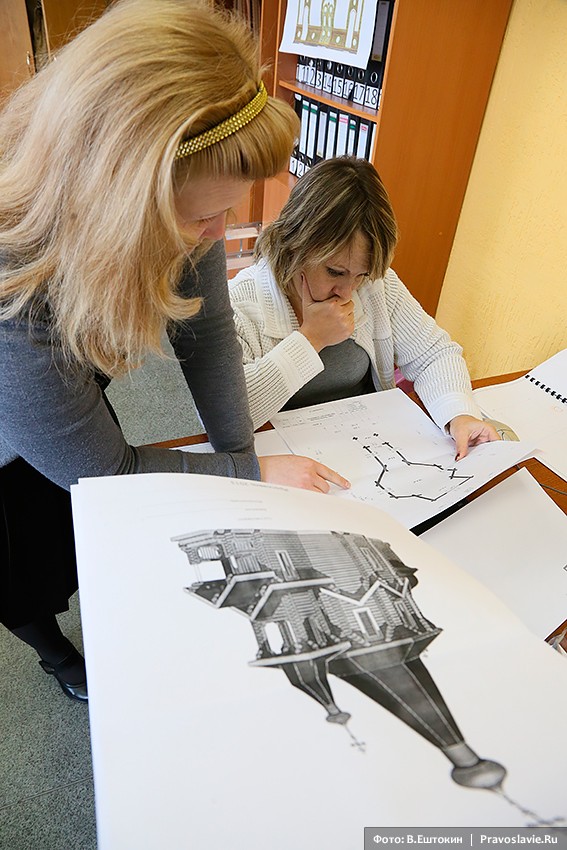
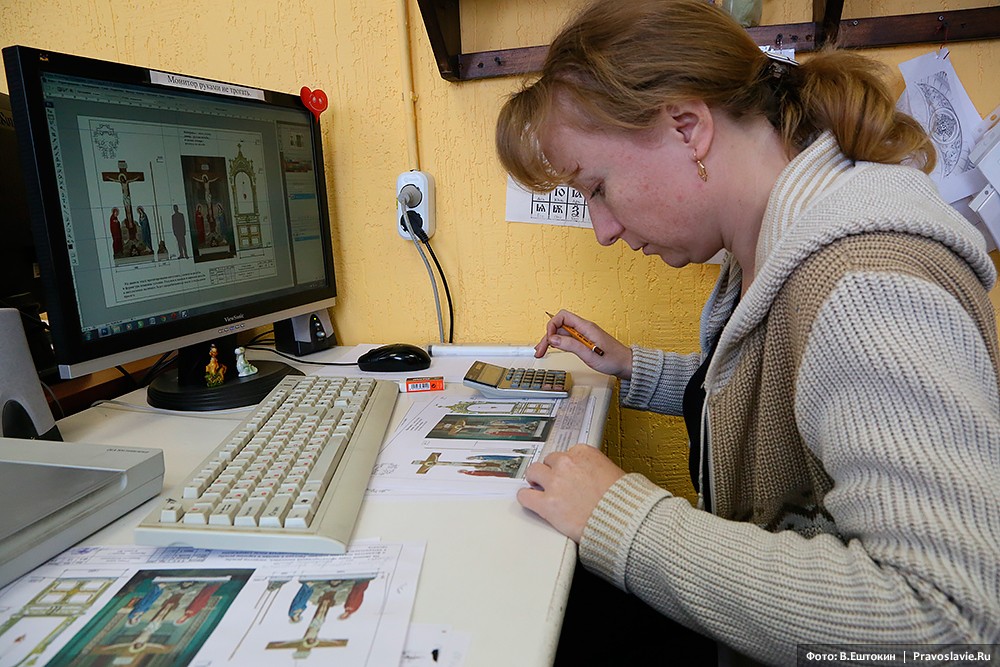

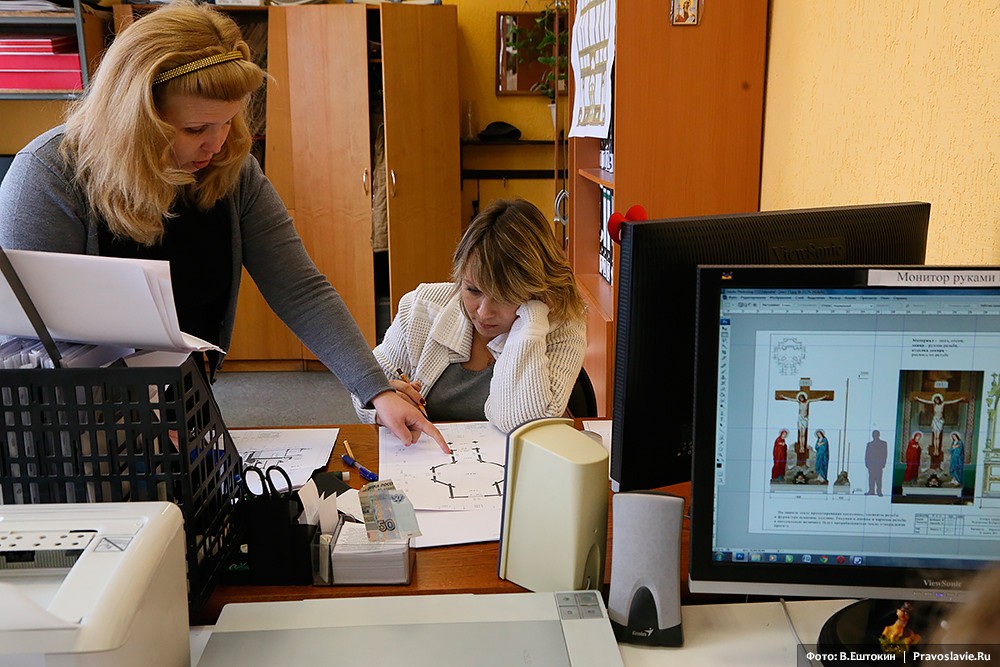
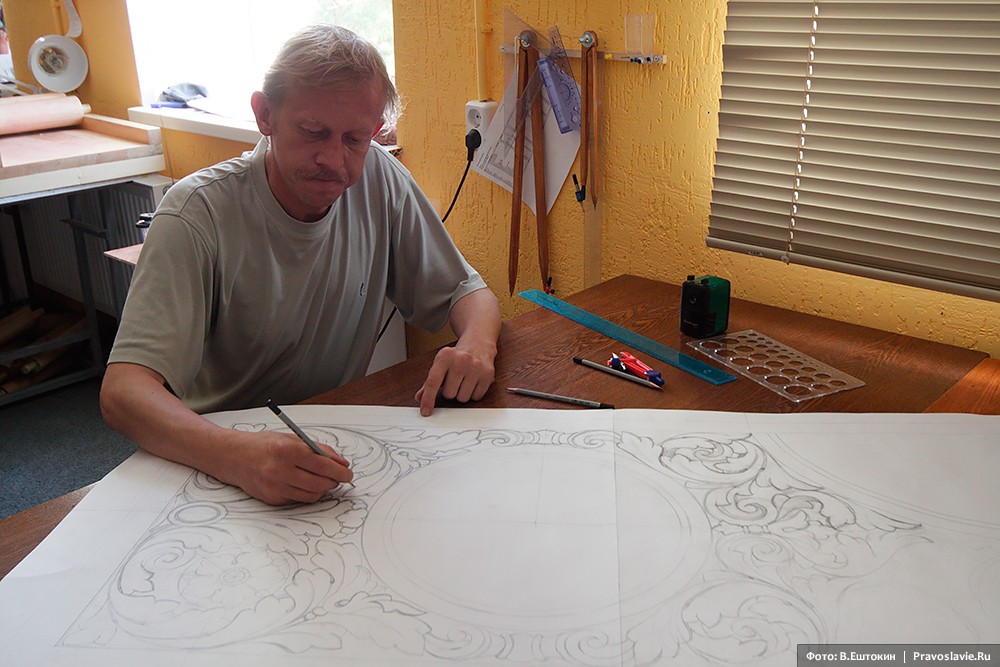
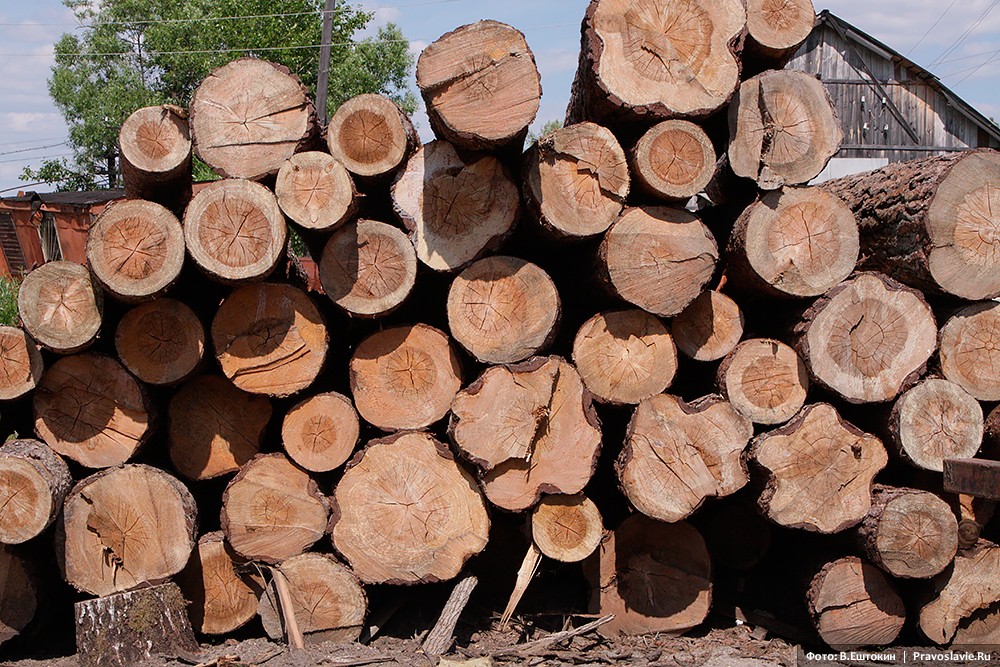
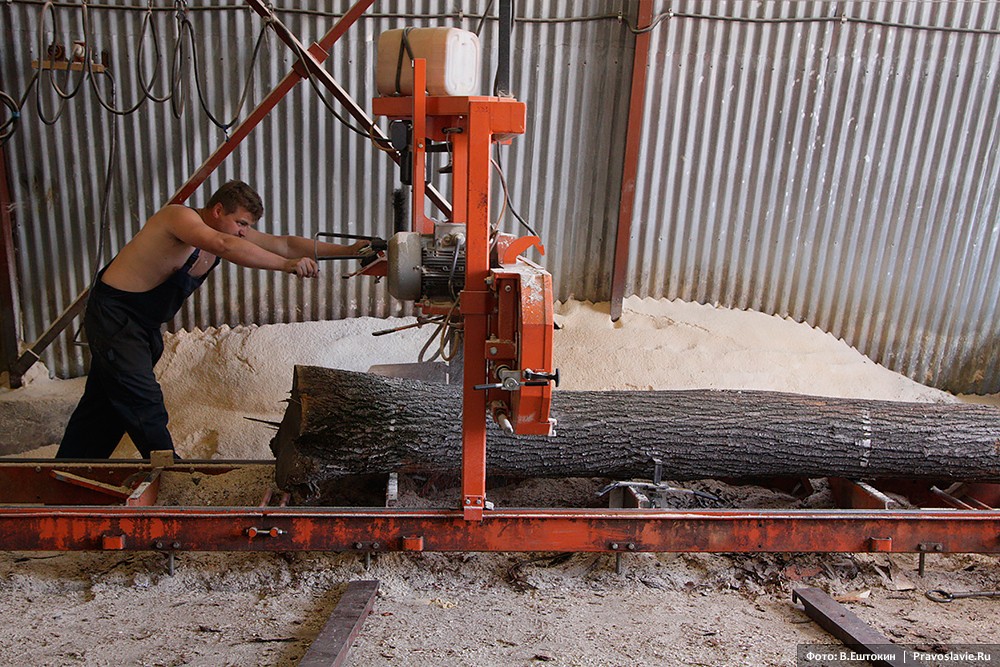
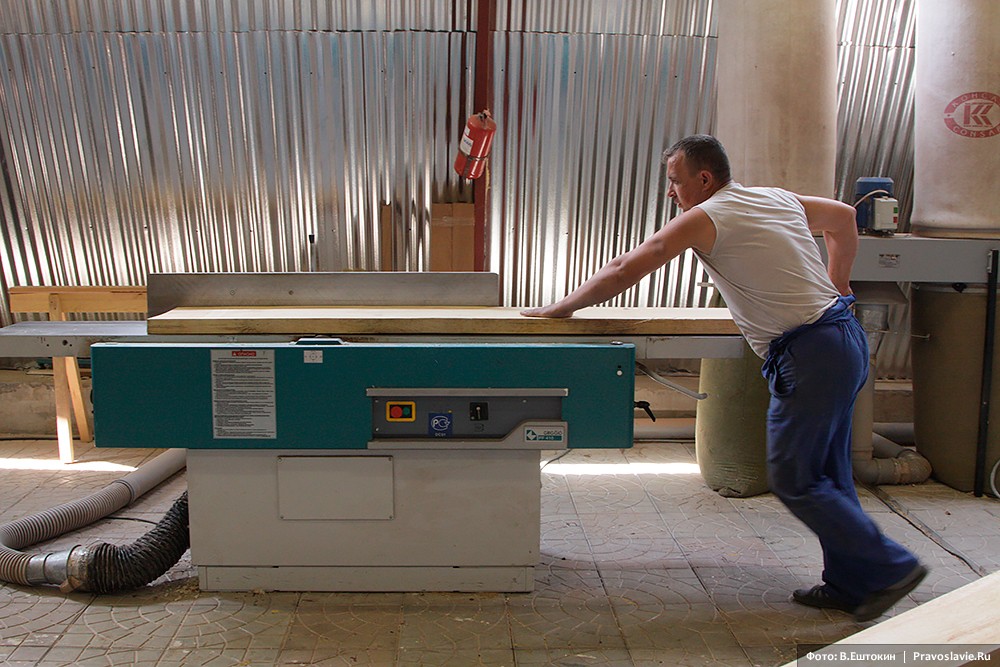
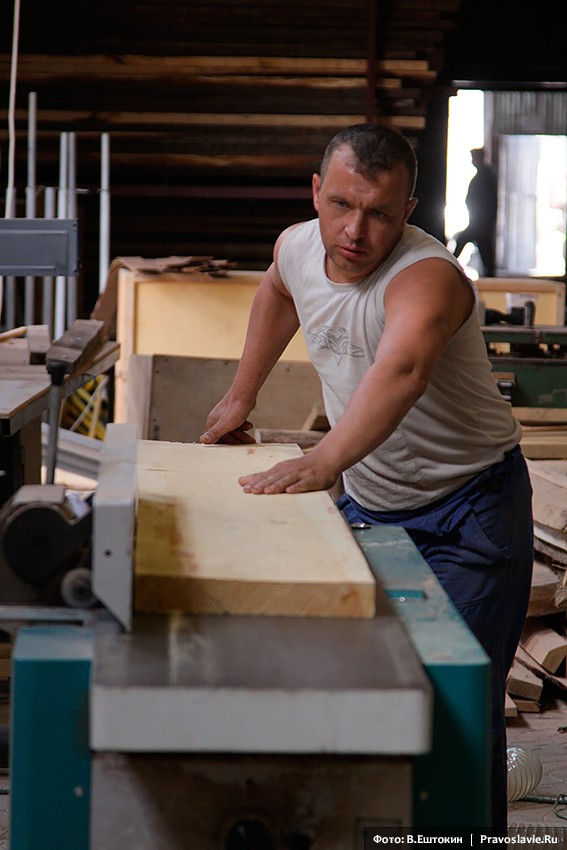
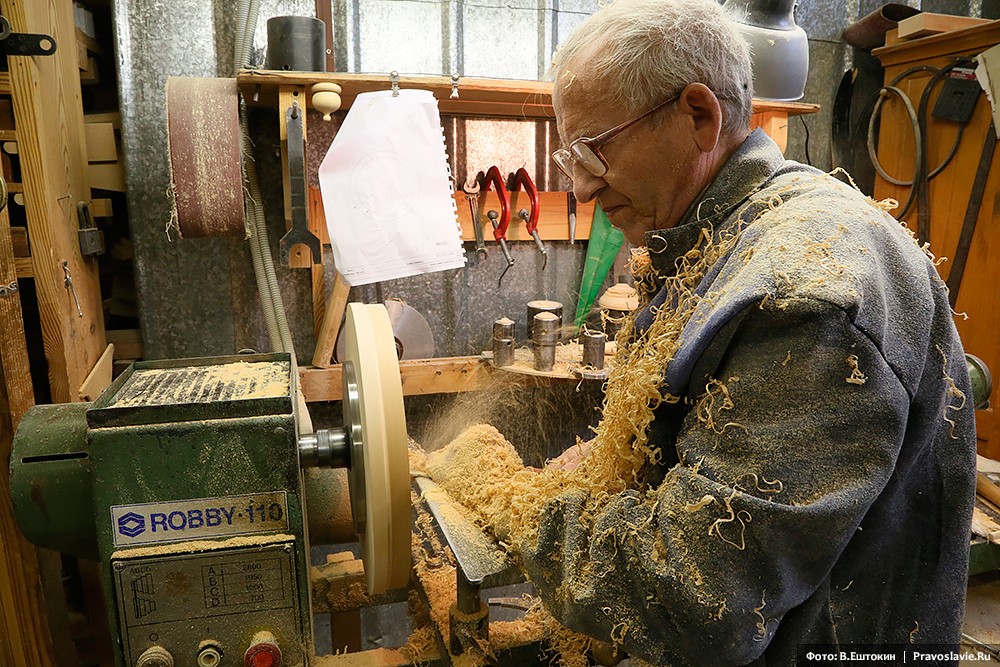
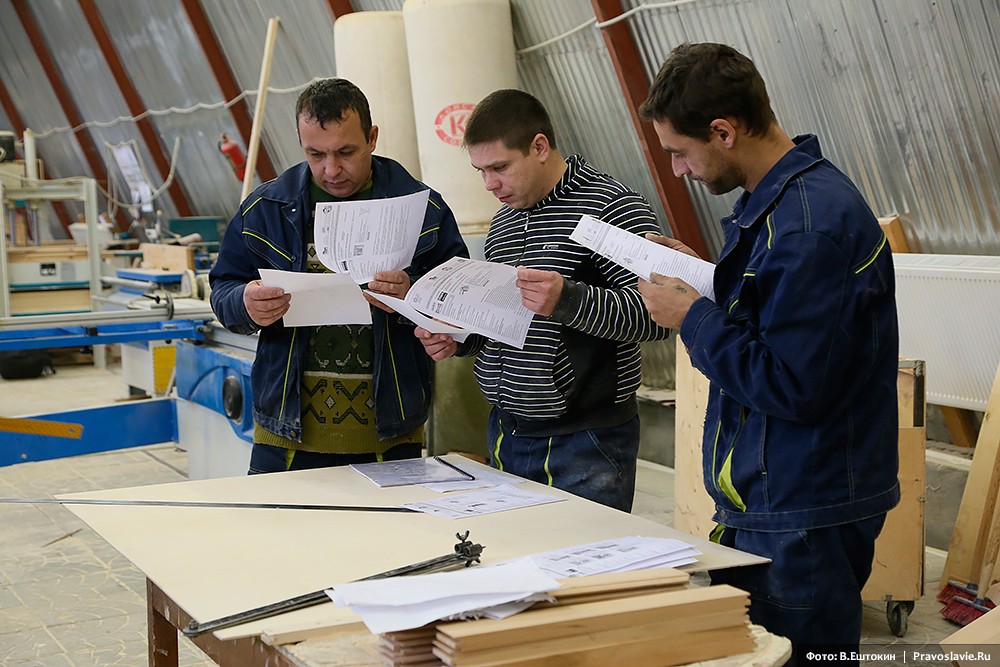

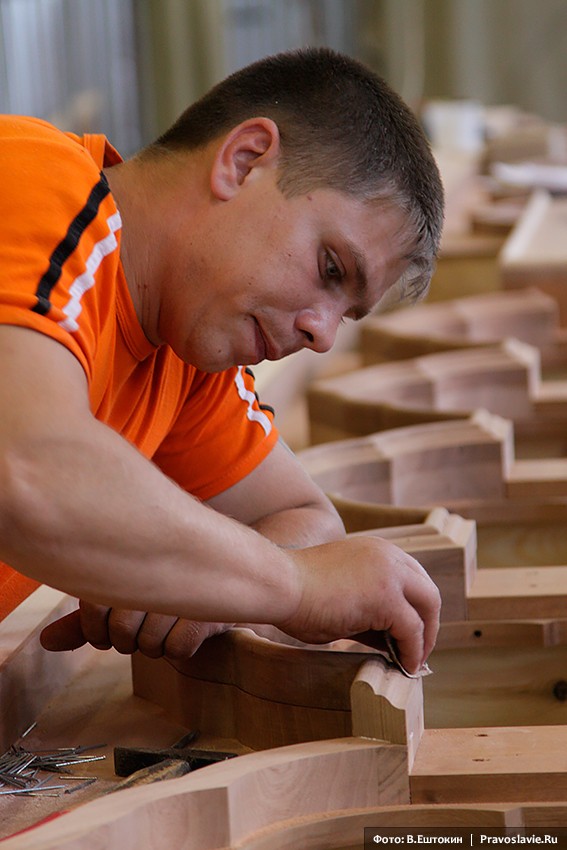
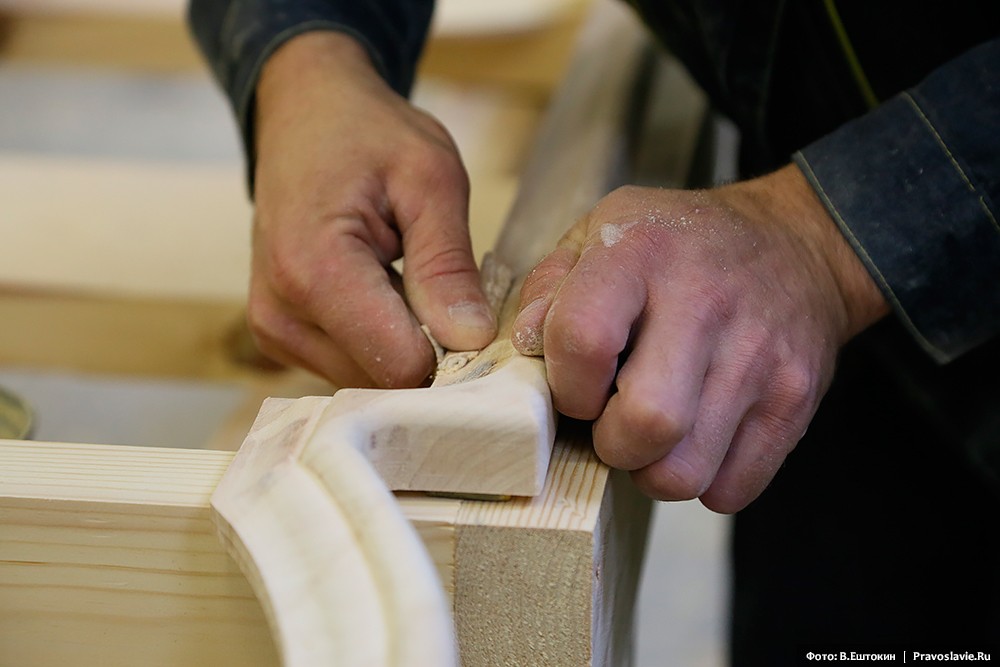
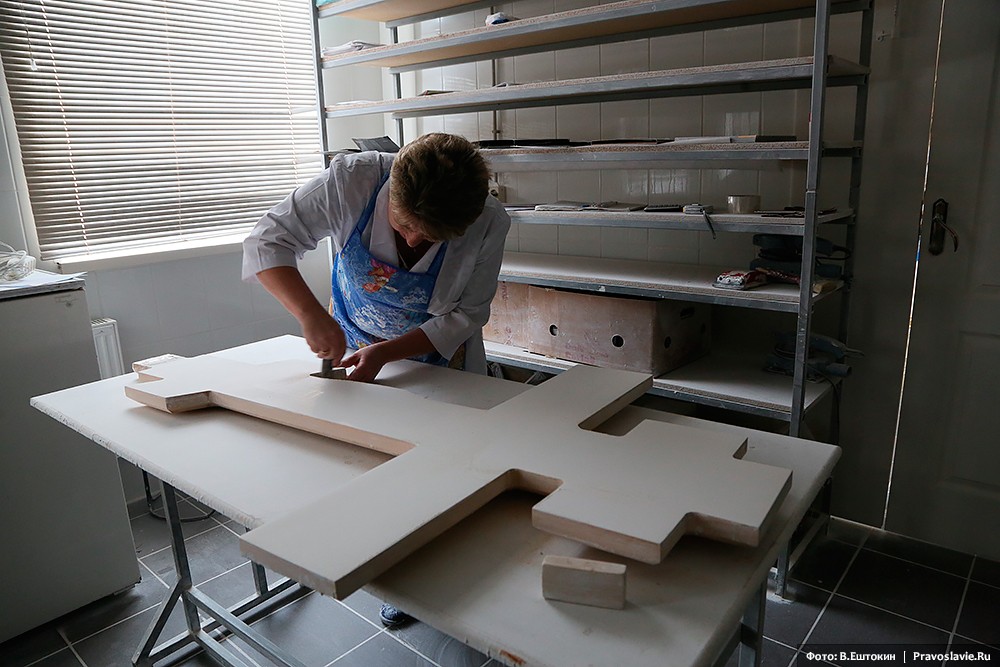
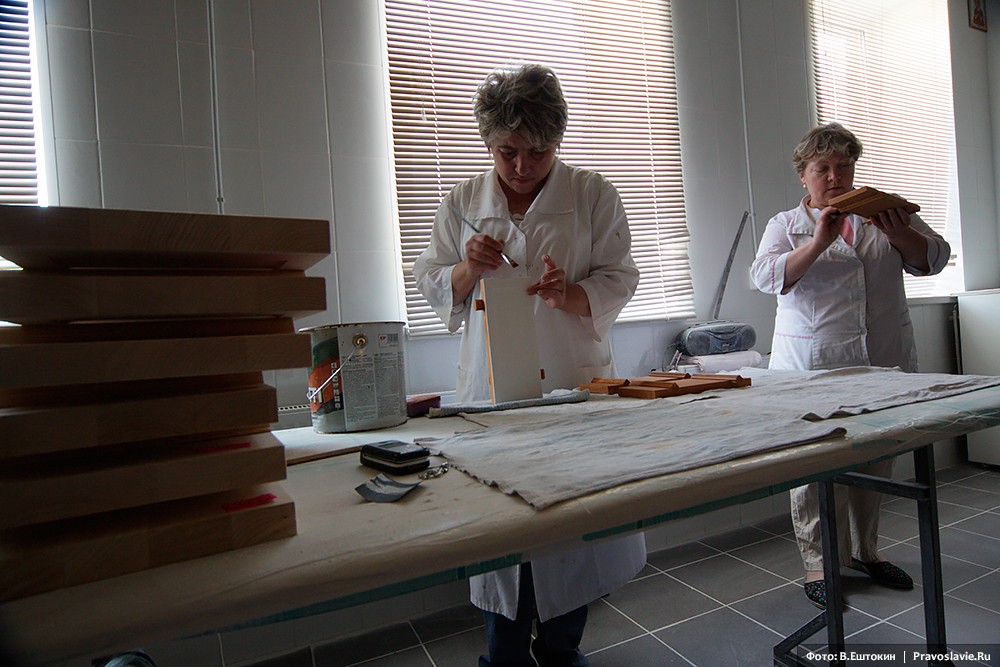
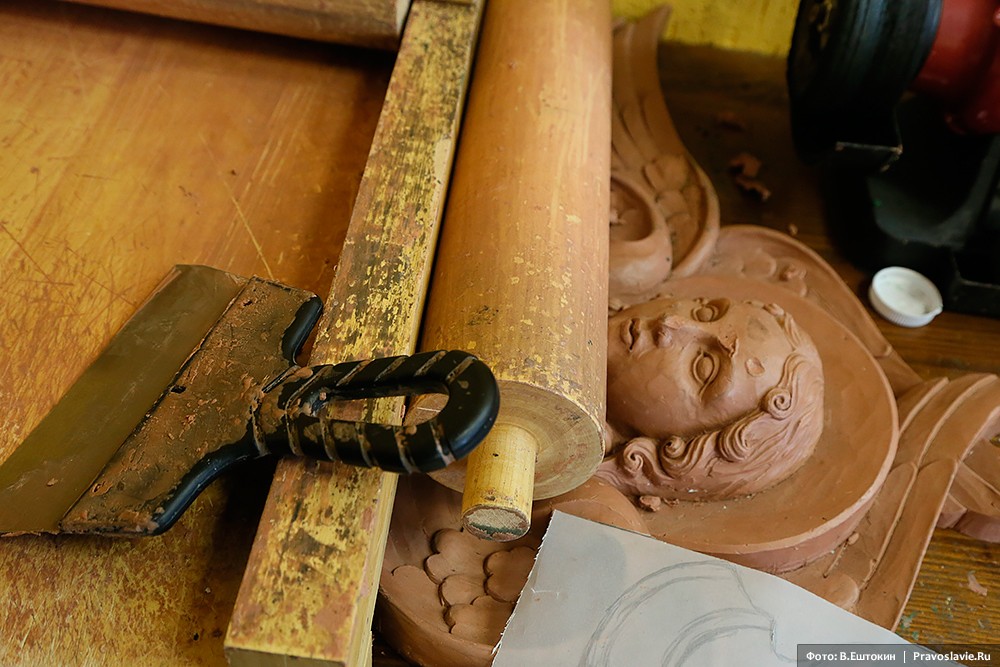
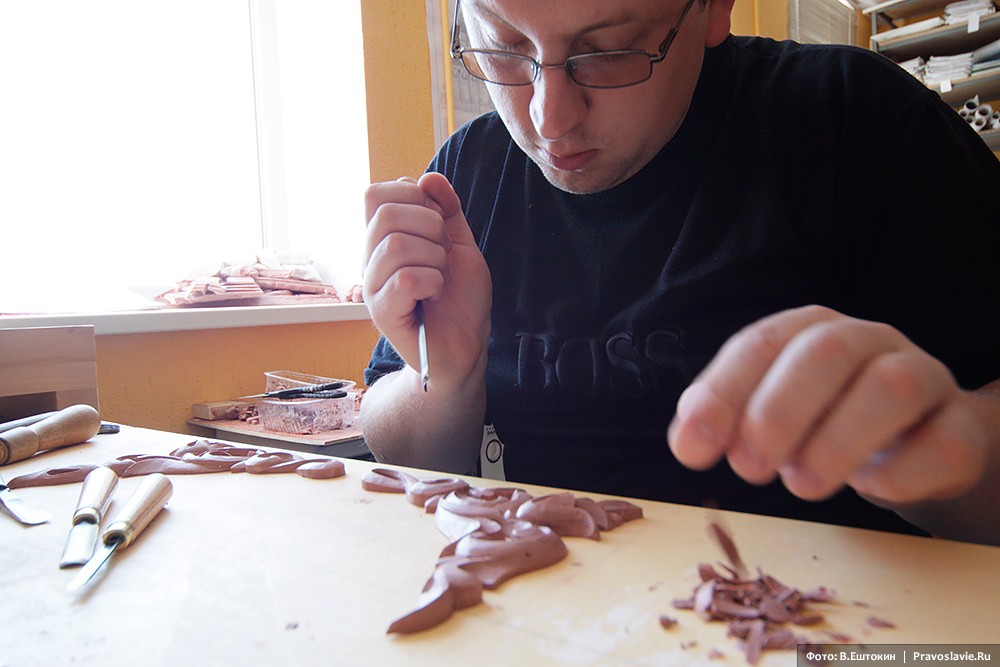
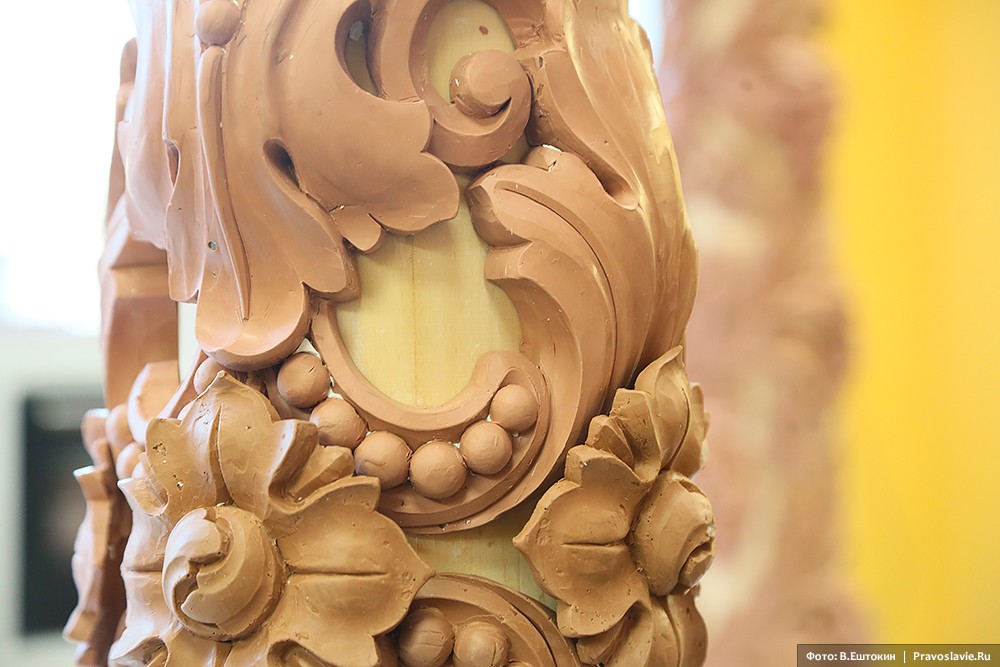
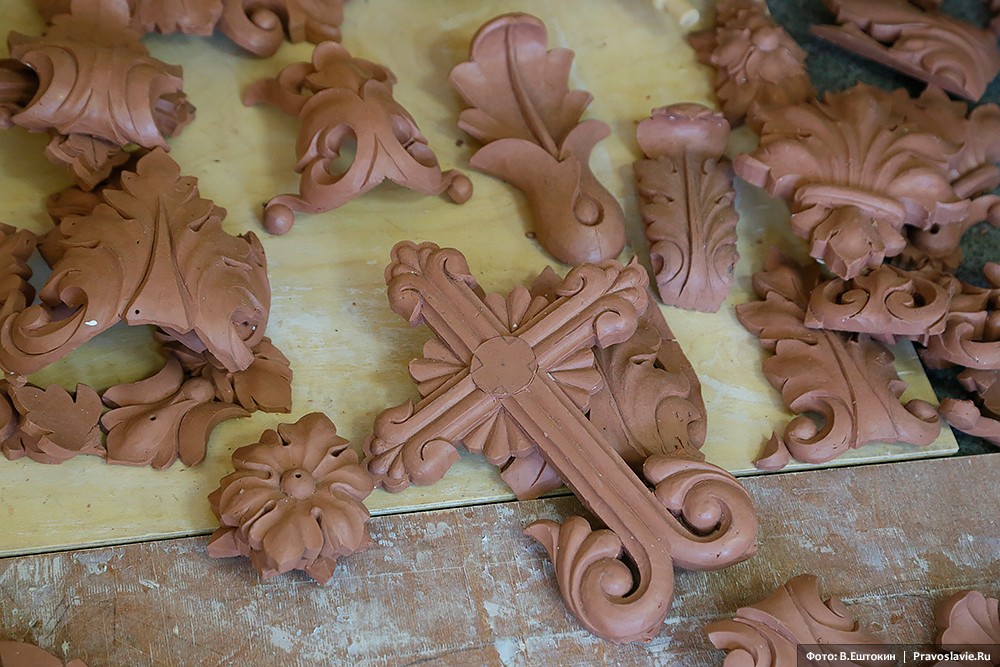
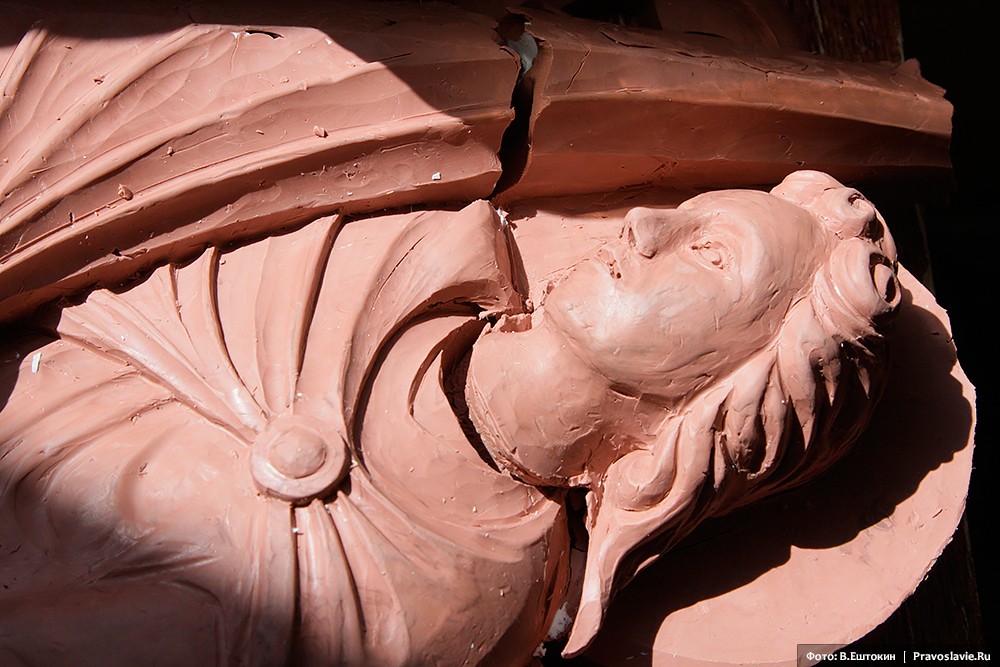
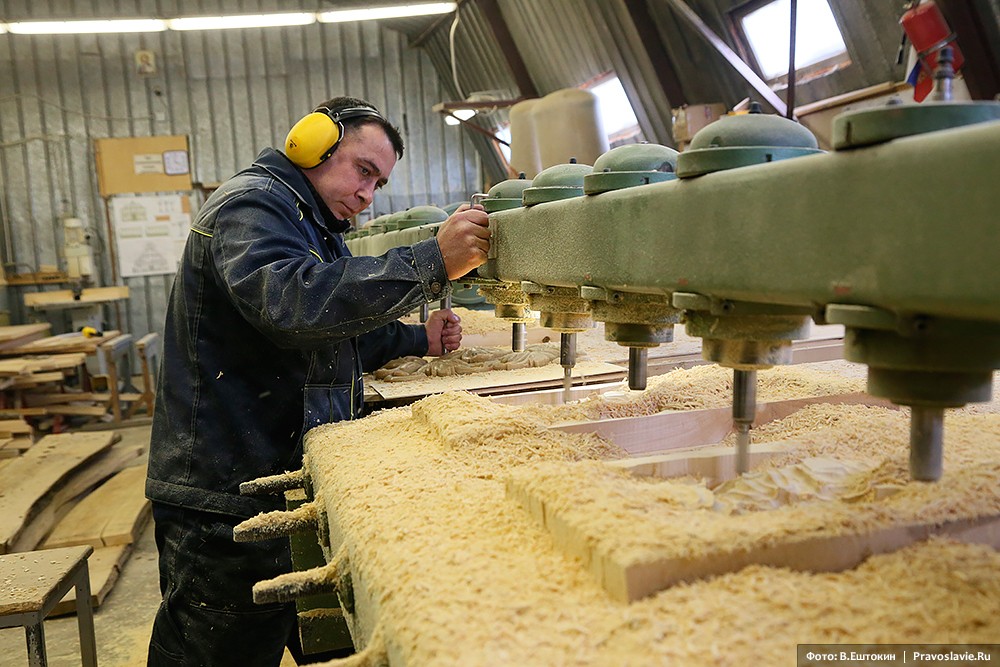
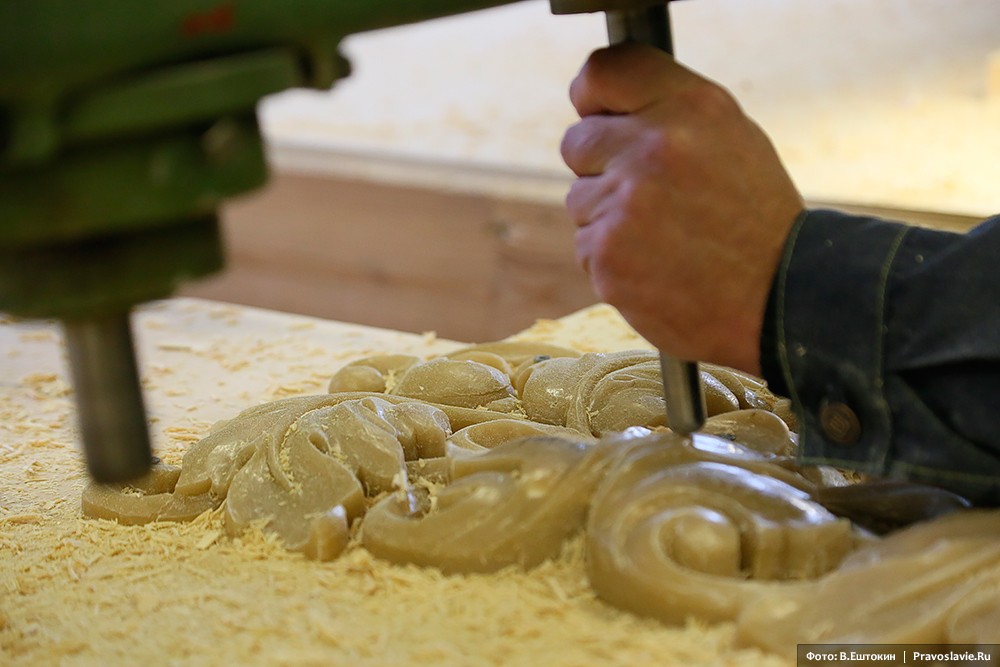
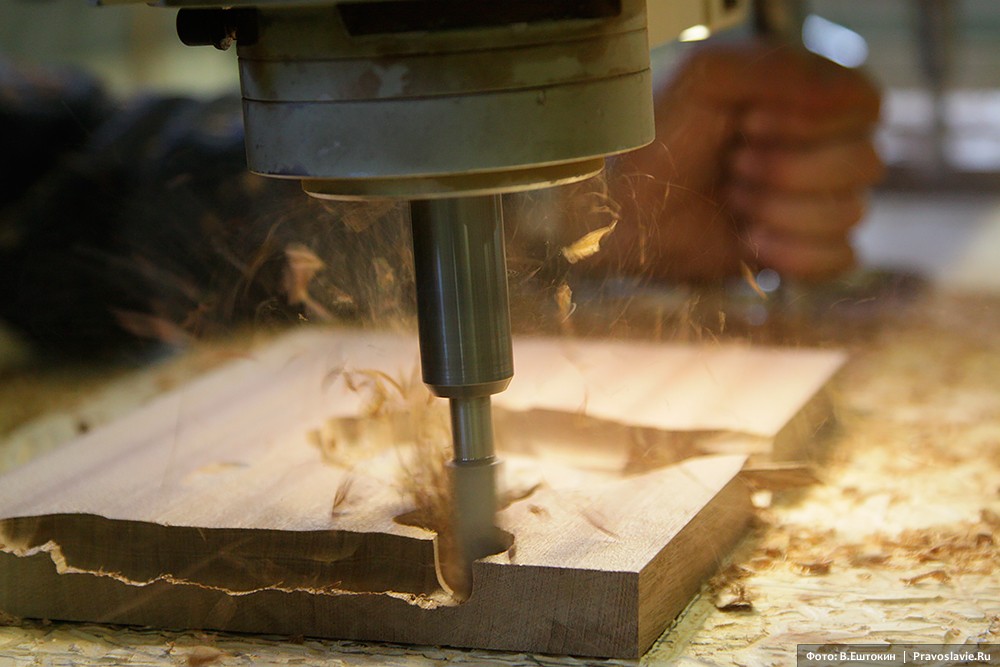
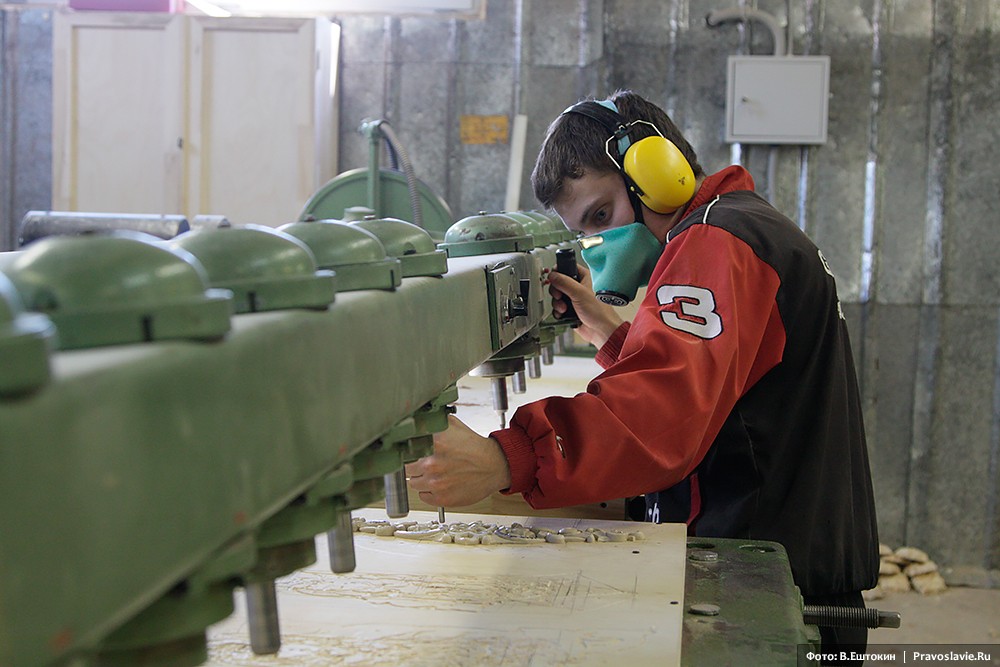
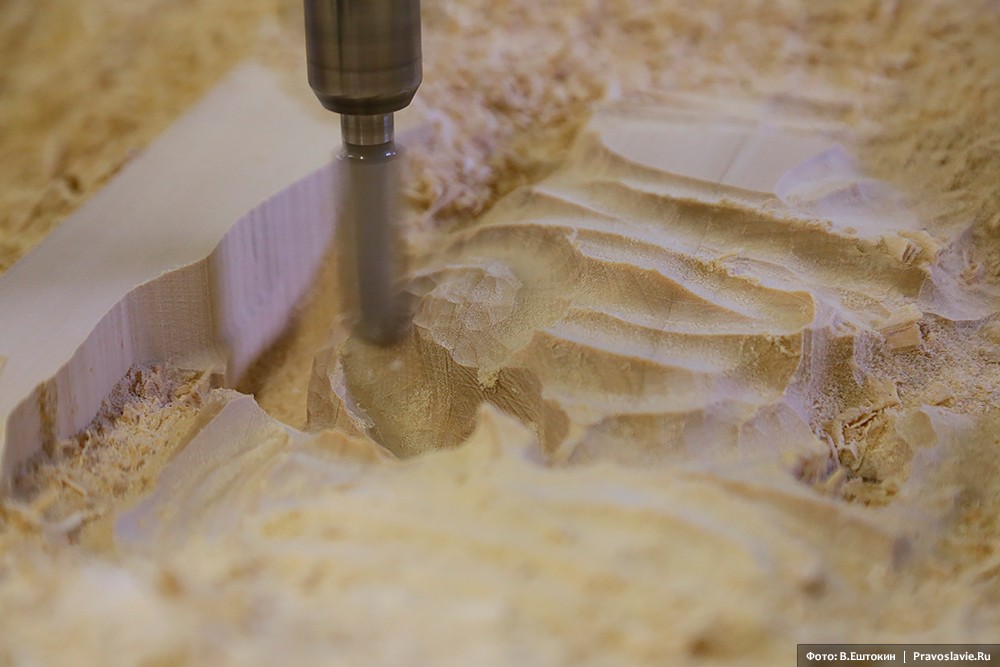
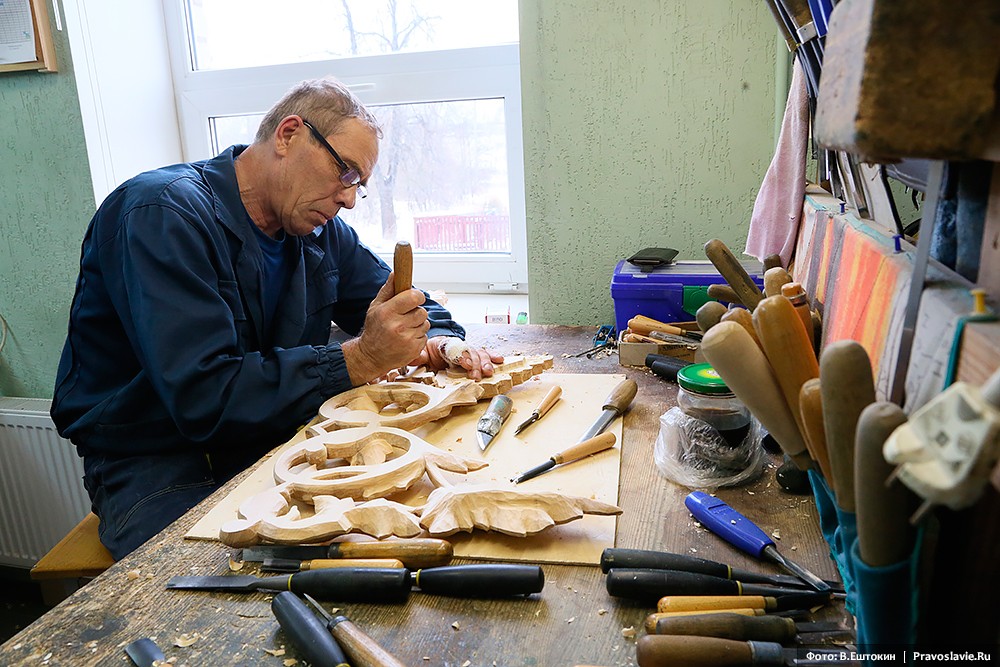
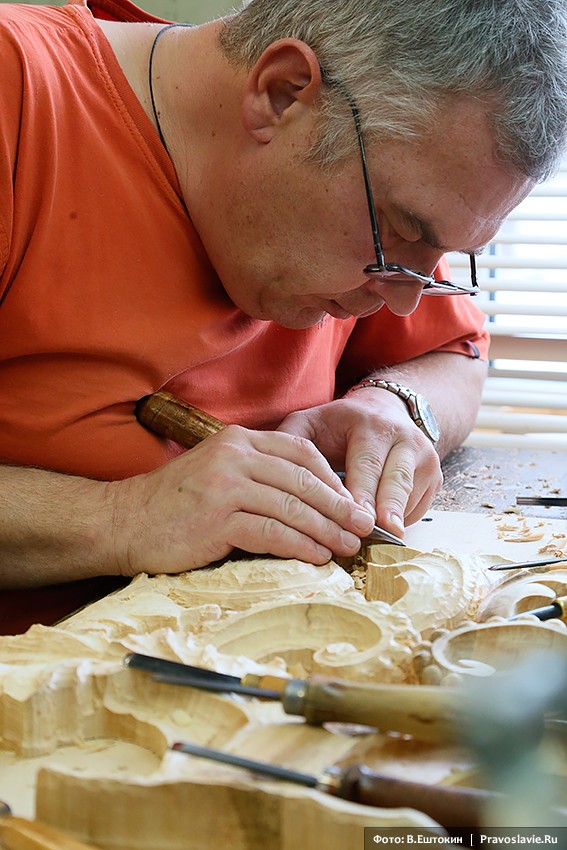

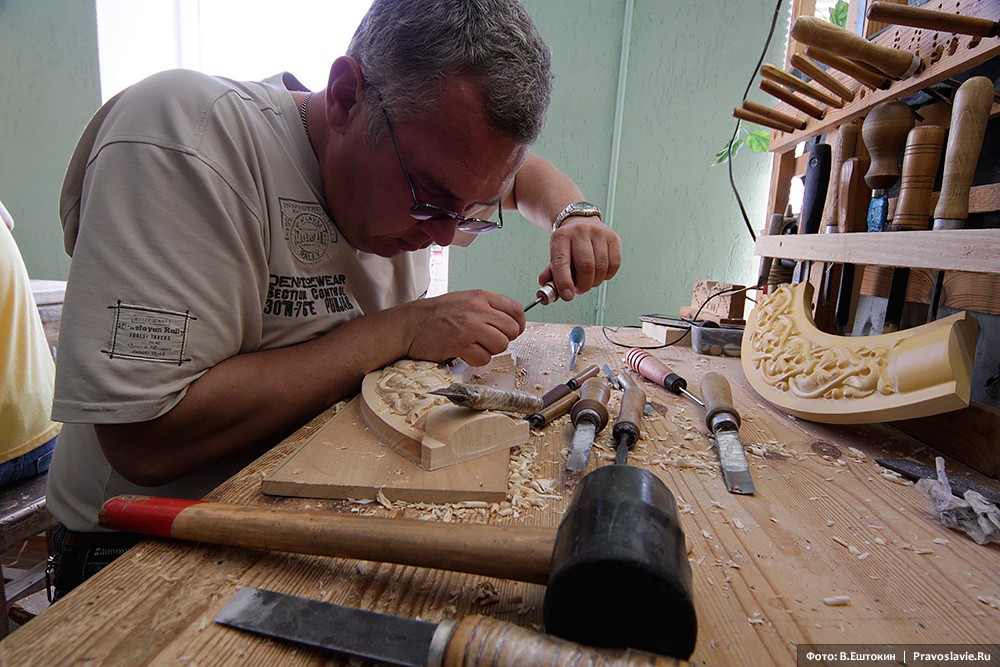


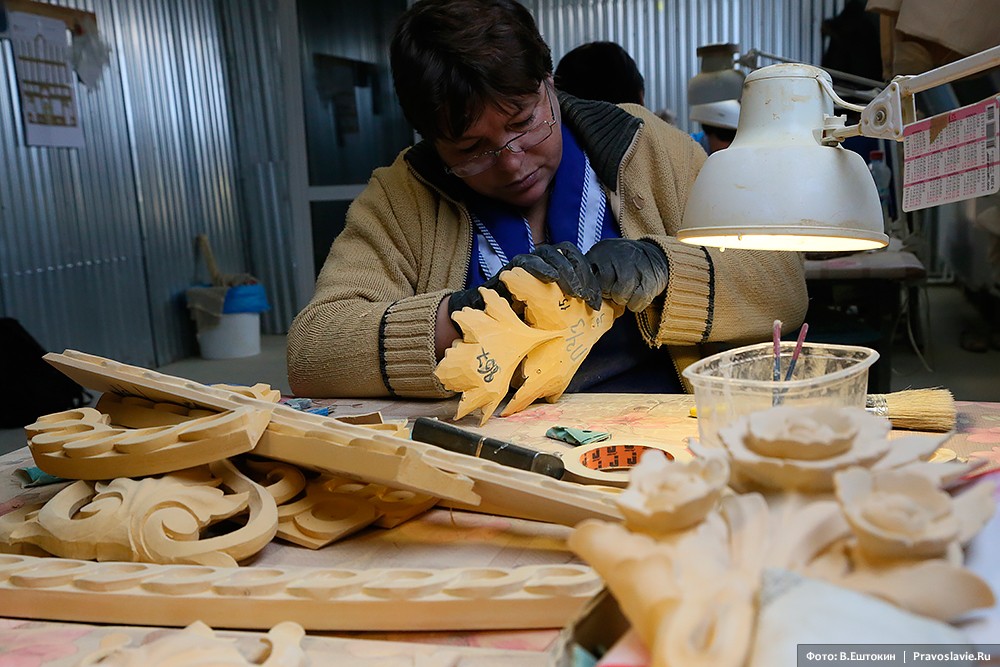
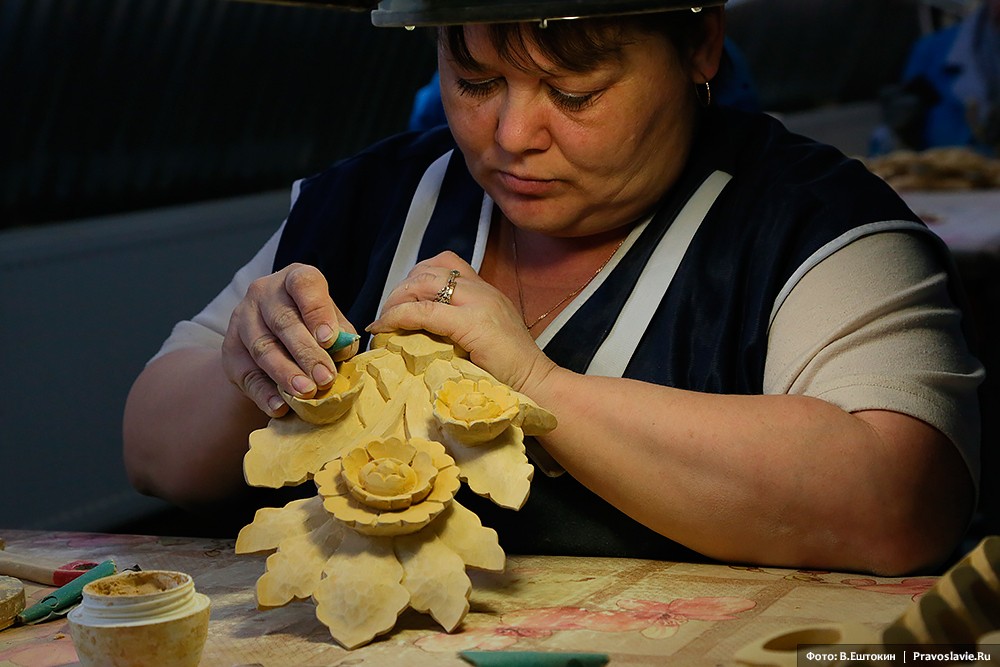
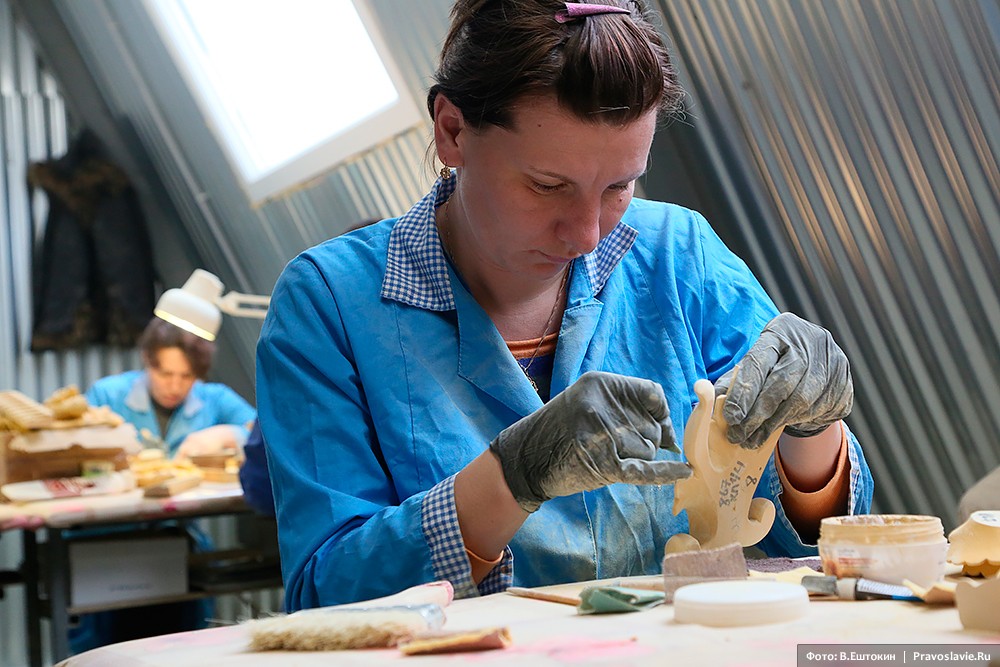
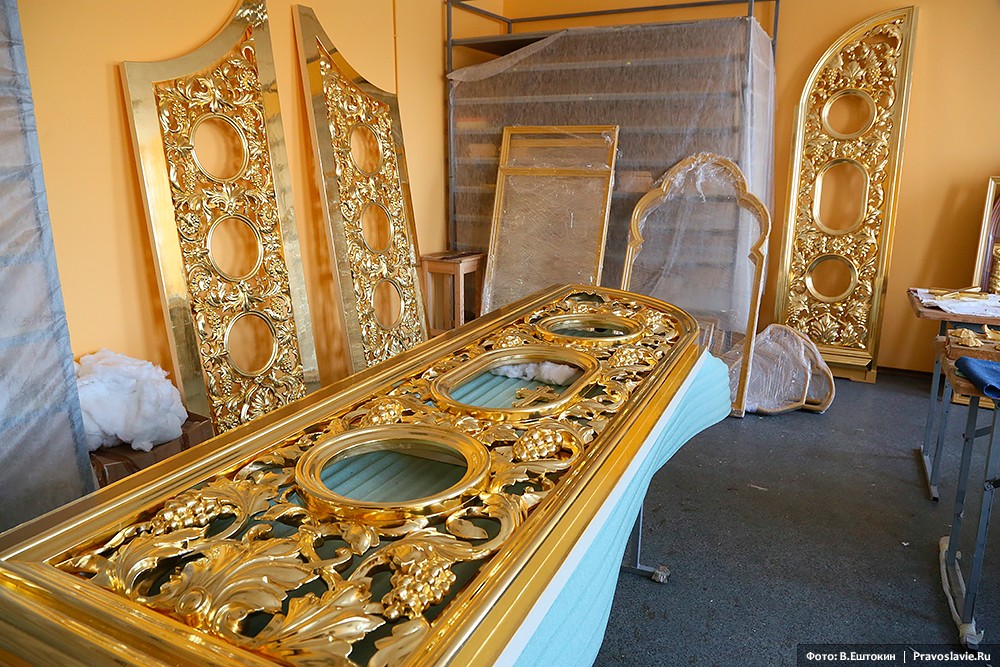
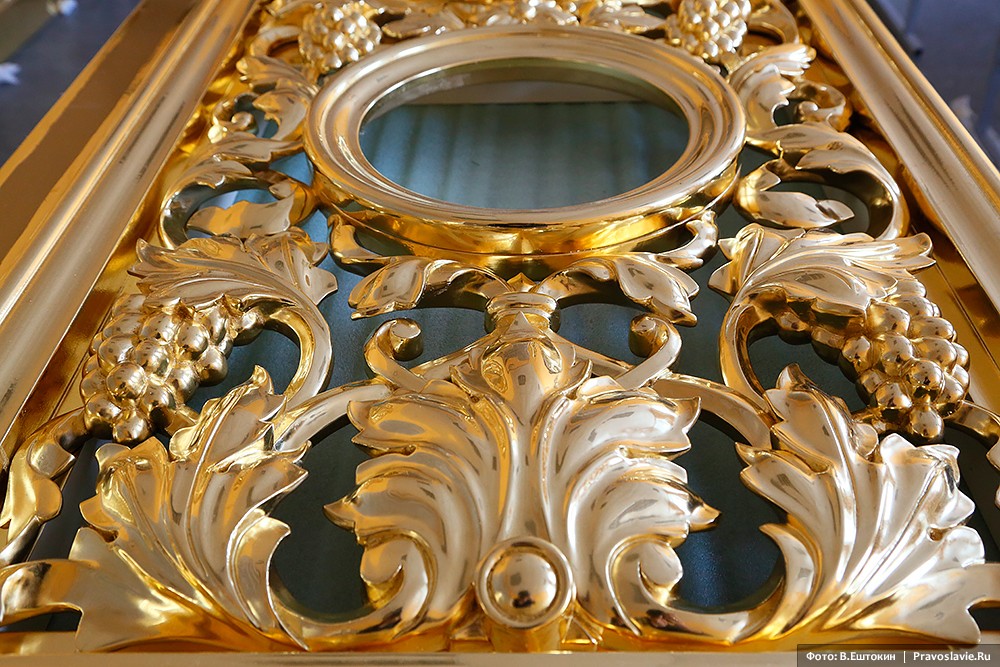
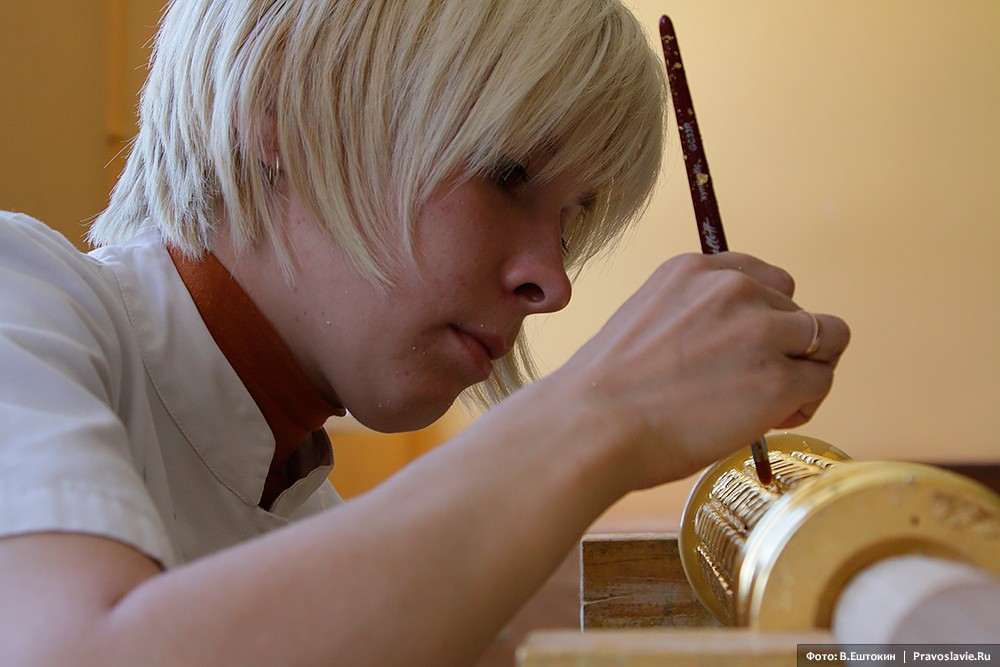
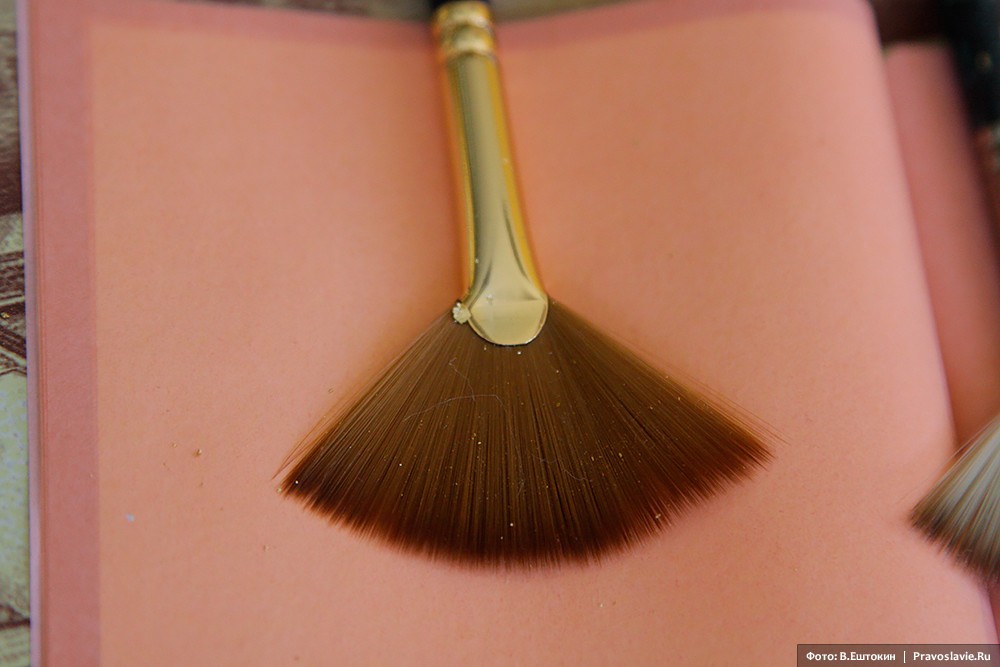
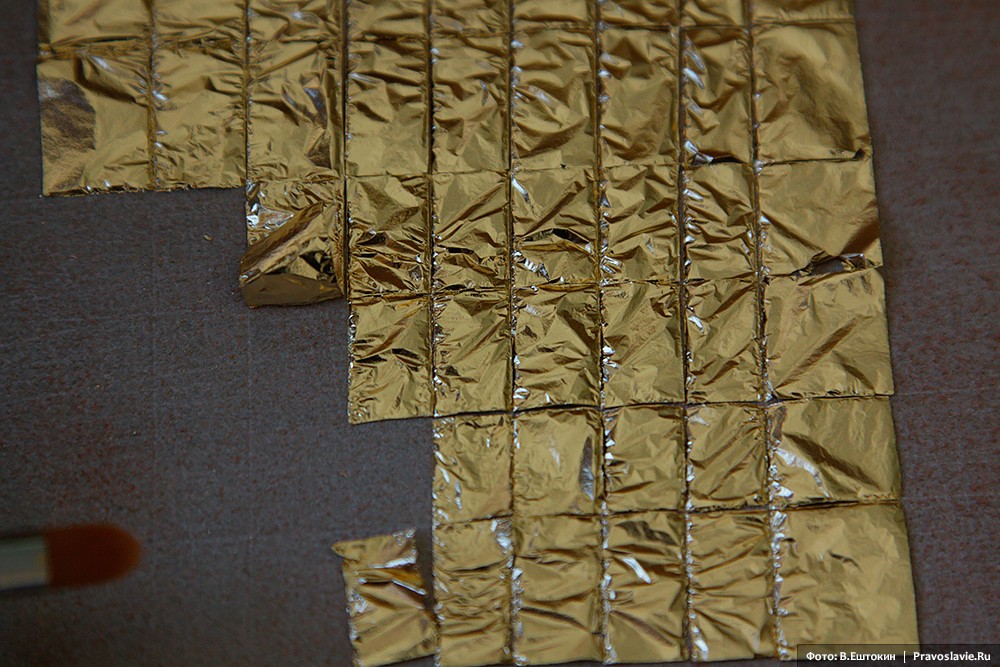
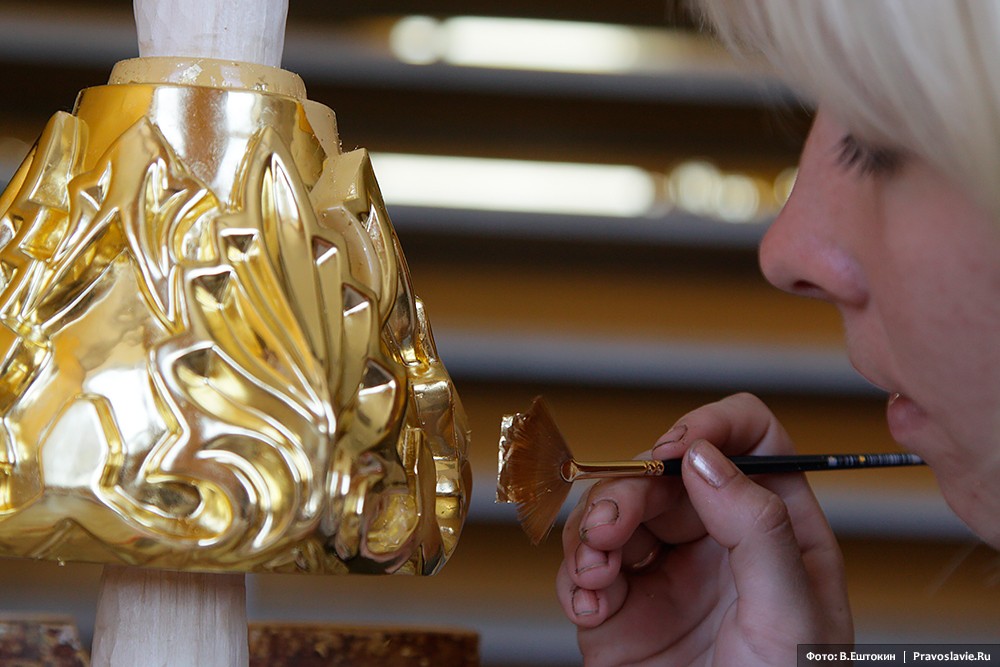
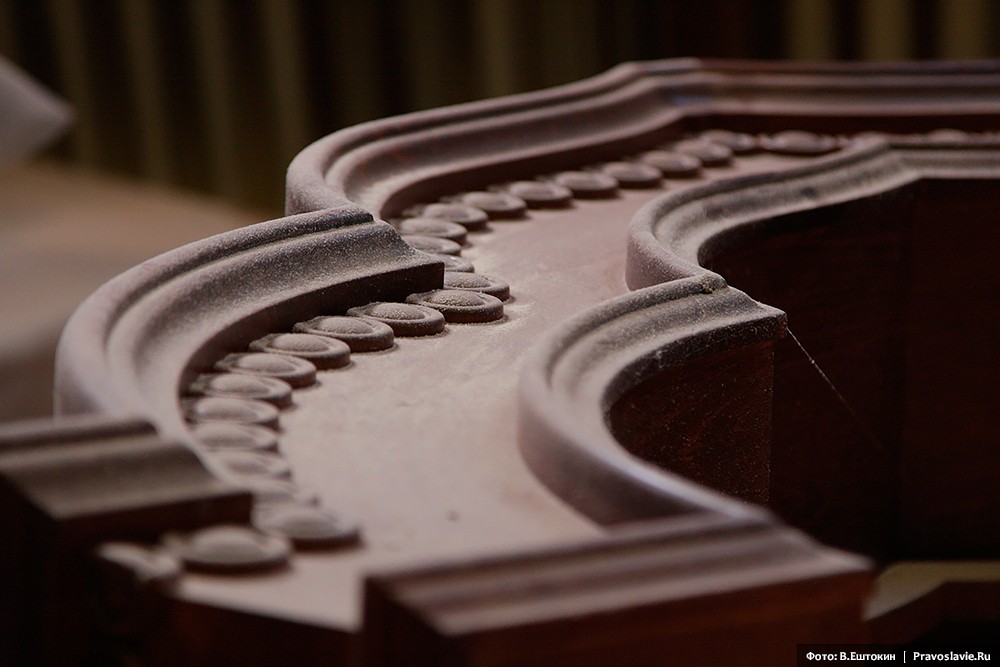
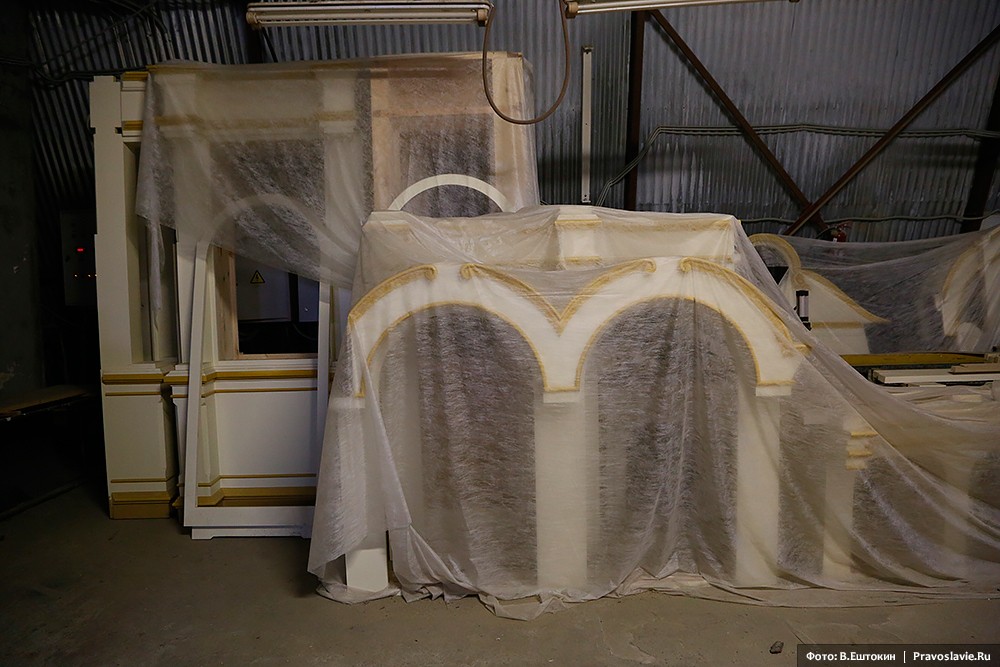
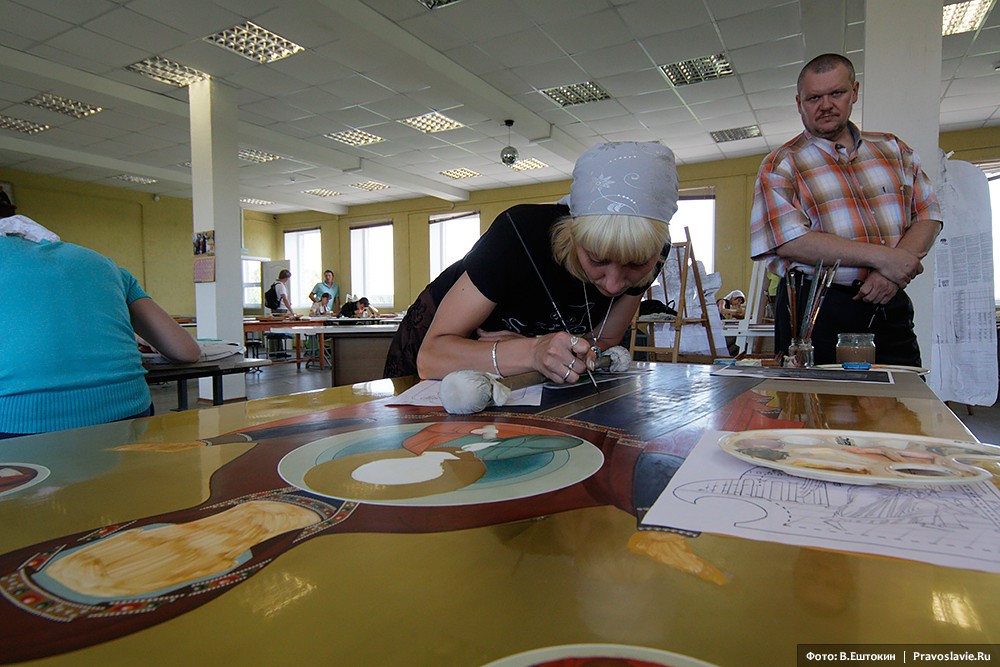
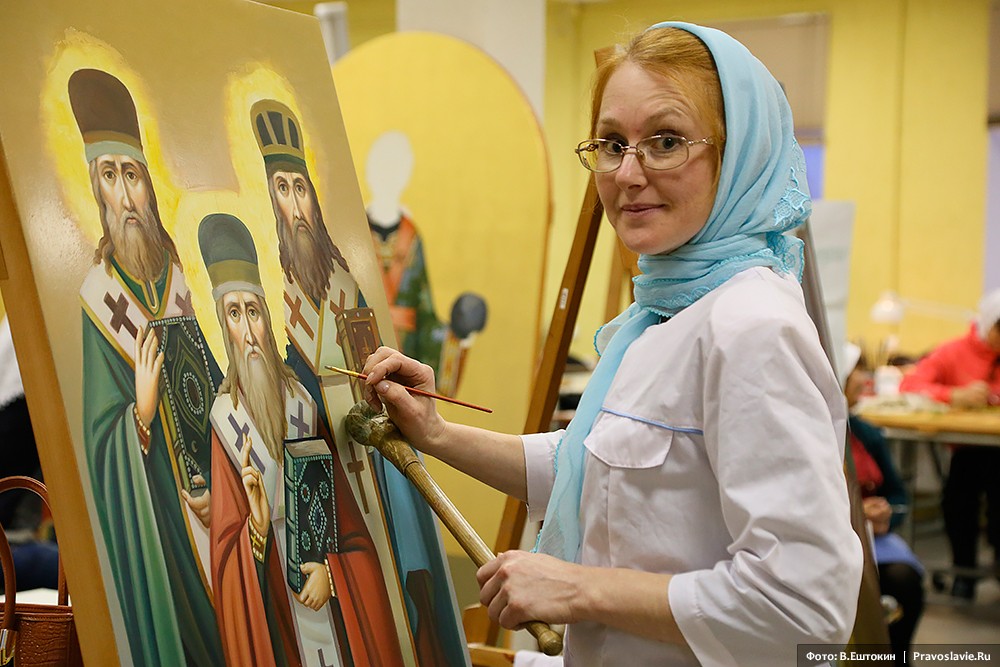
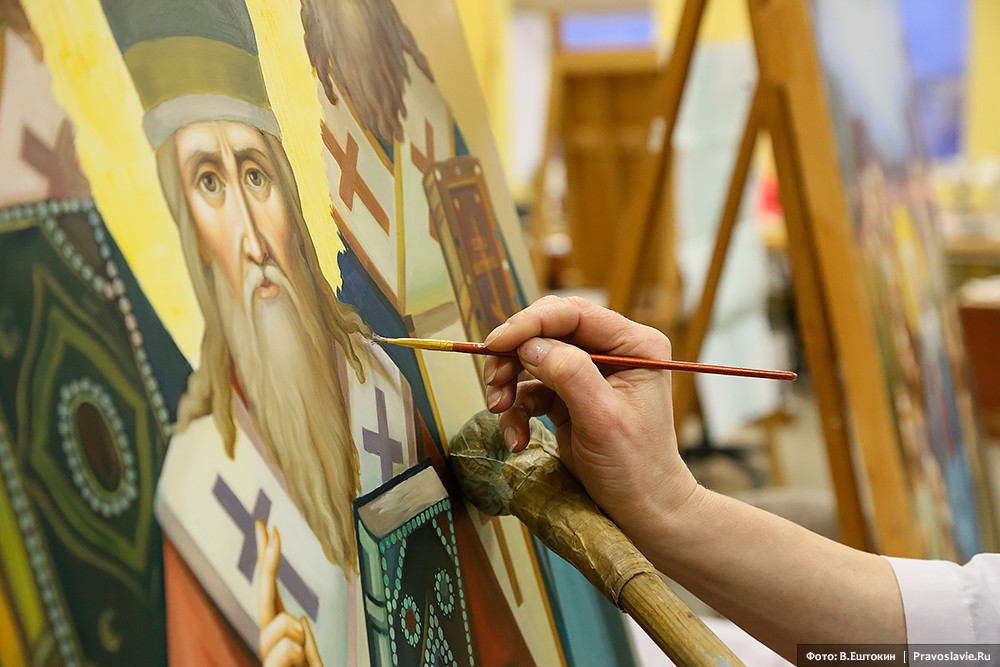
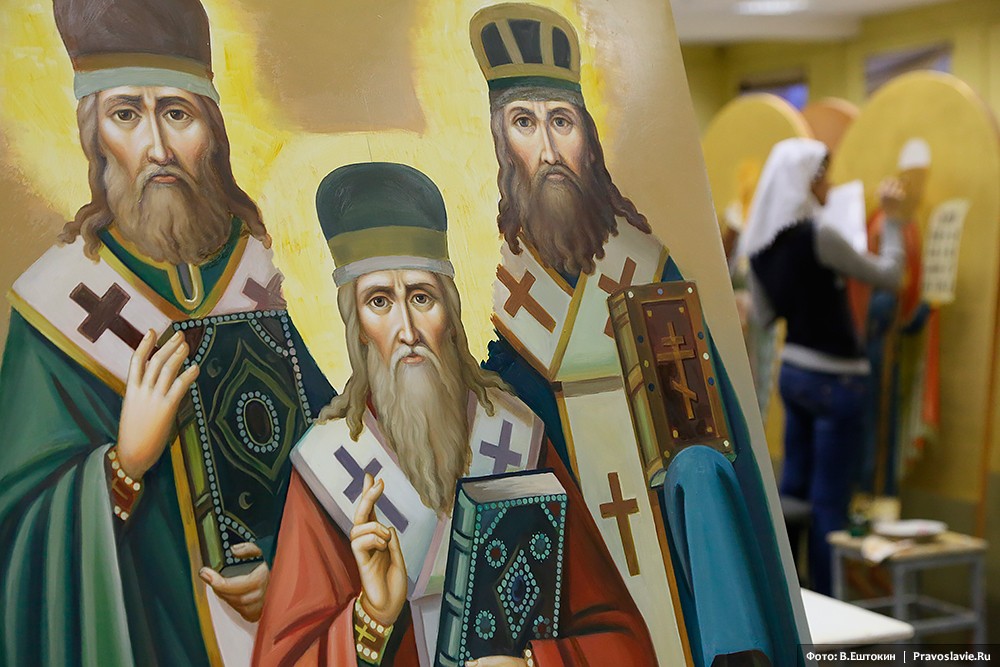

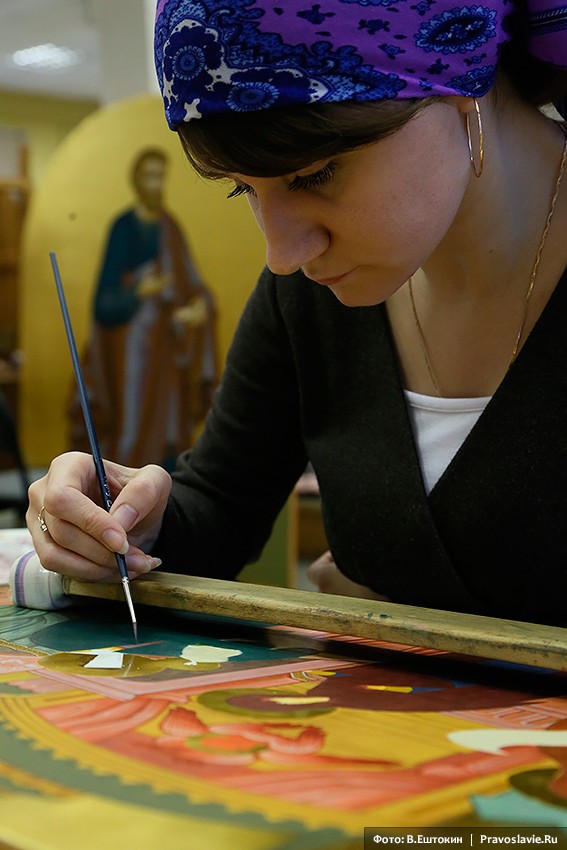
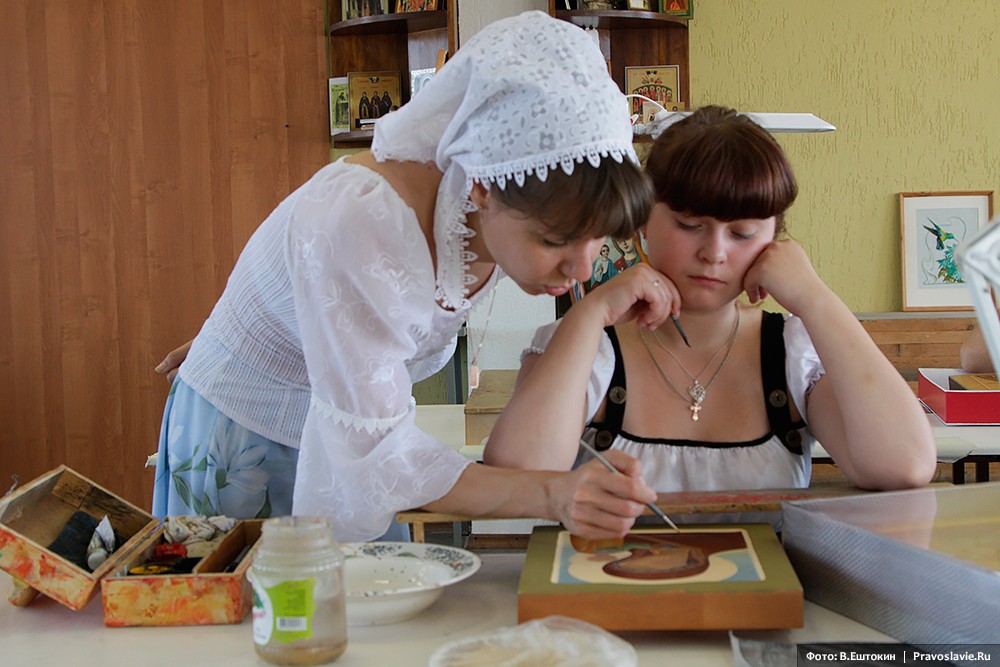
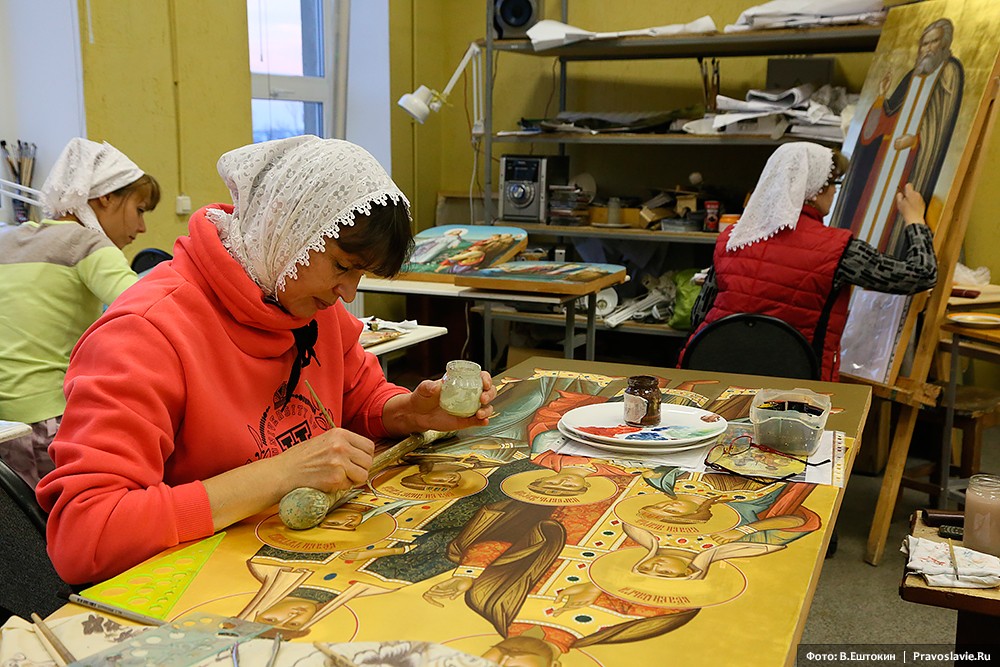
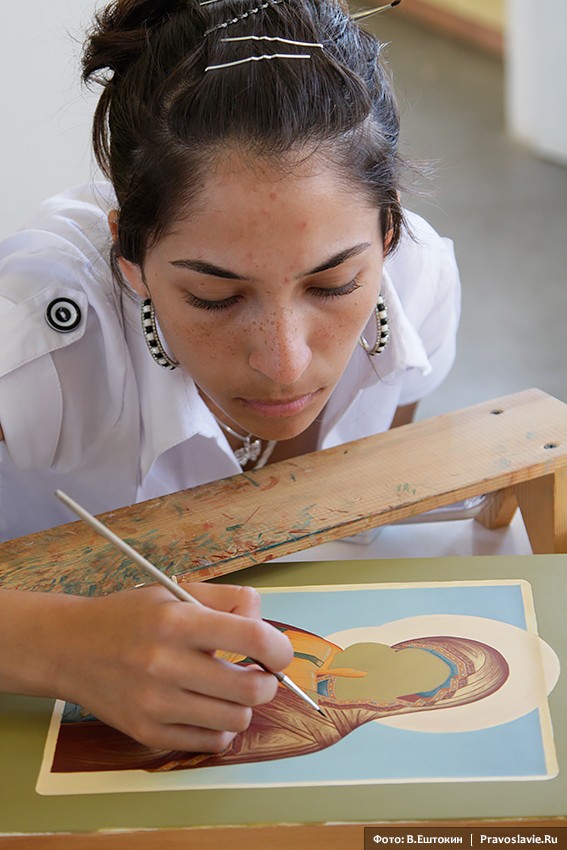


I have seen again, and again and again, my soul travel to that place to worship the Lord.
Bless you all.
London
God and the painter and as a result the painter transfer to a board magnificent pictures guided by God.
M.M London